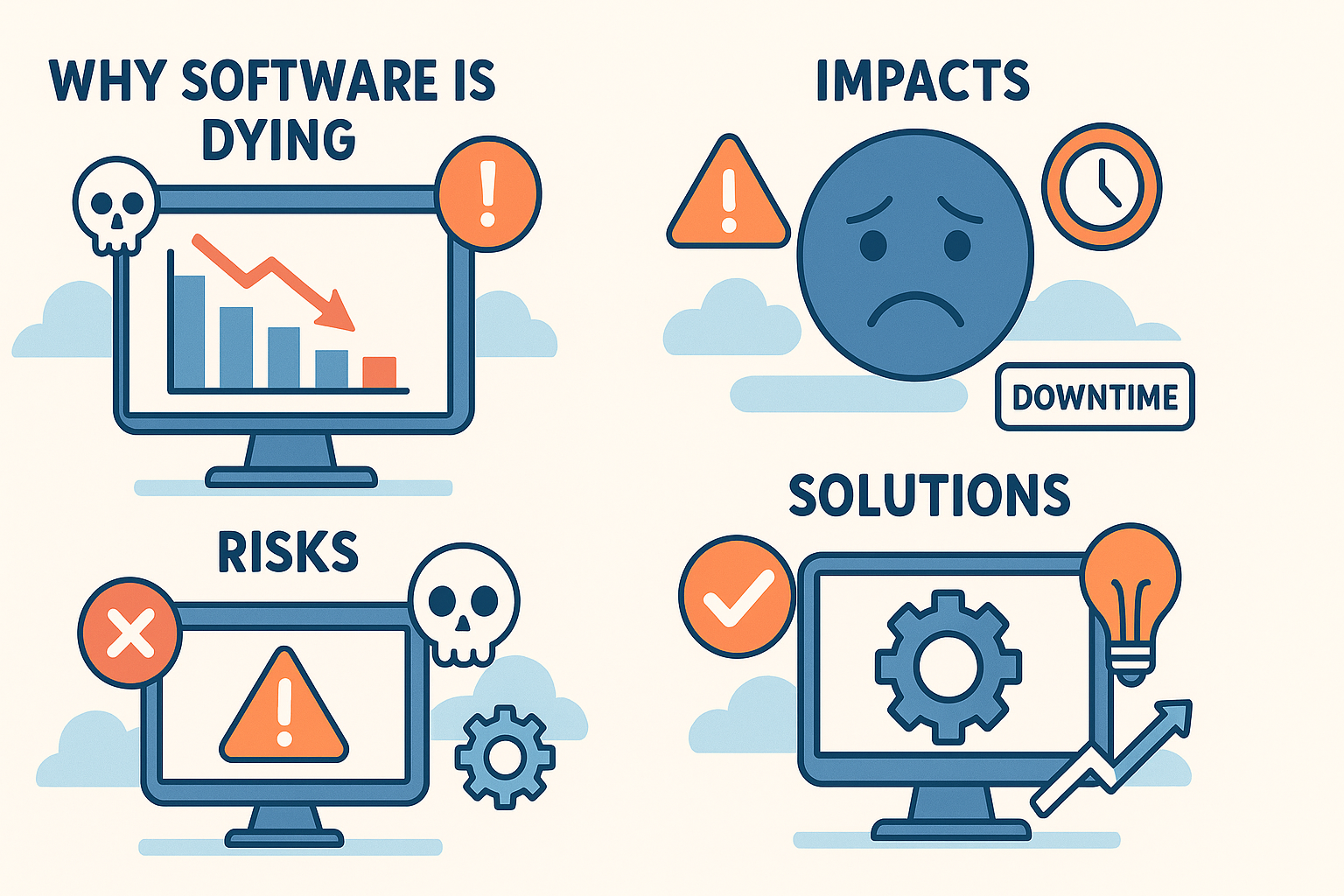lill94m-plor4d85: Technical, Scientific, and Security Insights

In today’s interconnected world of data management, identifiers play a pivotal role across industries. Among these, lill94m-plor4d85 has gained attention in technology, biomedical science, and cybersecurity discussions. Though it may look like a random sequence, its structured design and wide adaptability make it a valuable asset in enterprise, academic, and research environments.
This article explores its structure, applications, ethical concerns, and the forward-looking opportunities it brings.
Decoding the Structure of lill94m-plor4d85
To understand its function, one must first decode its format:
-
“lill94m”: A prefix often linked to modular versioning or batch categorization.
-
“plor4d85”: A suffix commonly tied to configuration settings, cryptographic indexing, or compound references.
Combined, lill94m-plor4d85 becomes a unique identifier that ensures traceability, system modularity, and categorization across multiple platforms.
Applications in Software Engineering
In software engineering, identifiers are vital for order and consistency. lill94m-plor4d85 is often used in:
-
Microservices and monolithic systems as a module identifier.
-
Error logs and debugging, where developers use such tags to trace specific system errors.
-
Firmware development, particularly in embedded Linux and IoT devices, where unique identifiers track builds and versions.
For instance, in distributed software ecosystems, API gateways may log errors or performance data against identifiers like lill94m-plor4d85, enabling developers to maintain reliable audit trails.
Role in IoT and Hardware Configuration
The Internet of Things (IoT) requires precise identity management. lill94m-plor4d85 helps organizations by:
-
Labeling firmware builds across smart devices.
-
Serving as part of encryption keys for communication security.
-
Tracking devices in the field for maintenance, diagnostics, and lifecycle monitoring.
In large sensor-driven networks, this identifier provides a streamlined way to manage firmware updates and ensure security across millions of connected nodes.
Biomedical and Nutraceutical Research
Beyond technology, lill94m-plor4d85 also appears in academic and laboratory research. Biomedical teams have used it to:
-
Index genomic datasets.
-
Track mitochondrial function studies.
-
Identify antioxidant testing protocols in nutraceutical development.
In these contexts, identifiers like lill94m-plor4d85 guarantee data reproducibility and traceability, ensuring every experiment can be tied to its original source.
Cybersecurity and Encryption Functions
In cybersecurity, identifiers are the backbone of secure processes. lill94m-plor4d85 is relevant in:
-
Certificate management for digital signatures.
-
Hash indexing to detect unauthorized file modifications.
-
Authentication tokens, grouping elements in multi-factor authentication systems.
Such identifiers may also be generated during TLS handshake sessions, supporting secure data transfers and protecting against tampering.
Enterprise Resource Planning (ERP) and Supply Chains
Enterprises running ERP systems rely heavily on identifiers. lill94m-plor4d85 can be used to:
-
Manage inventory movement.
-
Track compatibility for procured components.
-
Link products to warranty data.
In global supply chains, this identifier can bridge asset tracking with logistics metadata, creating an organized and transparent record of procurement and delivery.
Artificial Intelligence and Machine Learning Contexts
Artificial intelligence (AI) depends on structured labeling for models and datasets. Identifiers such as lill94m-plor4d85 support:
-
Partitioning training datasets.
-
Versioning algorithms for reproducibility.
-
Tracking optimization performance in evolving models.
In federated learning, lill94m-plor4d85 could mark contributions from specific edge nodes, ensuring accountability in decentralized AI development.
Best Practices for Identifier Management
When adopting identifiers like lill94m-plor4d85, organizations should follow best practices:
-
Pair with metadata: Each identifier should include details such as owner, description, and purpose.
-
Use centralized registries: A governance model avoids redundancy and confusion.
-
Apply checksum validation: Prevents duplication or malicious alterations.
These measures ensure identifiers remain accurate, reliable, and secure.
Ethical and Security Considerations
The use of identifiers such as lill94m-plor4d85 raises ethical and legal responsibilities:
-
GDPR compliance is essential when identifiers connect to personal or health data.
-
Data minimization ensures identifiers don’t reveal unnecessary details.
-
Secure storage of identifiers is critical to prevent misuse in cryptographic or medical contexts.
Failure to manage identifiers ethically can lead to privacy risks and legal challenges.
Forward-Looking Possibilities
As digital industries expand, identifiers like lill94m-plor4d85 will grow in importance. Potential future applications include:
-
Digital twins in manufacturing, where identifiers link physical assets with their virtual replicas.
-
Augmented reality systems, where identifiers track assets for real-time maintenance.
-
Autonomous robotics, ensuring each module or update is verifiable.
-
Blockchain technology, embedding immutable audit trails that reference structured identifiers.
Conclusion
Identifiers such as lill94m-plor4d85 illustrate how a seemingly random code can carry immense technical, scientific, and organizational value. From IoT firmware management to biomedical dataset labeling, it ensures traceability, precision, and consistency.
As digital systems become more complex, the need for secure, structured identifiers will only grow. Future applications in blockchain, robotics, and AI suggest that lill94m-plor4d85 and similar codes will remain at the forefront of innovation, accountability, and trust.
FAQs
Is lill94m-plor4d85 a standard code?
No. It is not a universal standard but rather a structured identifier applied differently across industries.
Can I use lill94m-plor4d85 in open-source projects?
Yes. Developers can implement it, but they must document its purpose and structure clearly.
Does a central database store identifiers like lill94m-plor4d85?
Typically, organizations maintain internal registries. Unless standardized globally, these identifiers remain context-specific.
Read also:BagelTechNews.com Tech Headline: Breaking Tech Updates You Need to Know



